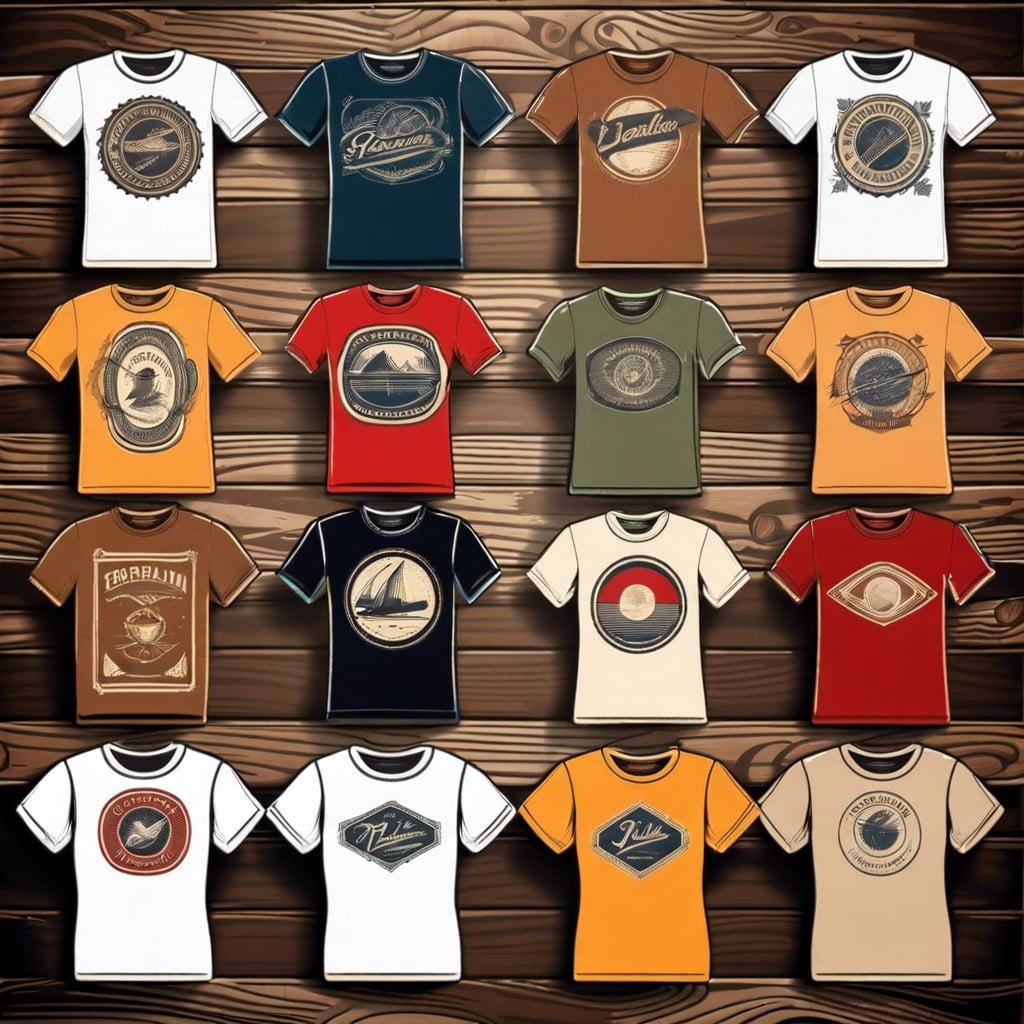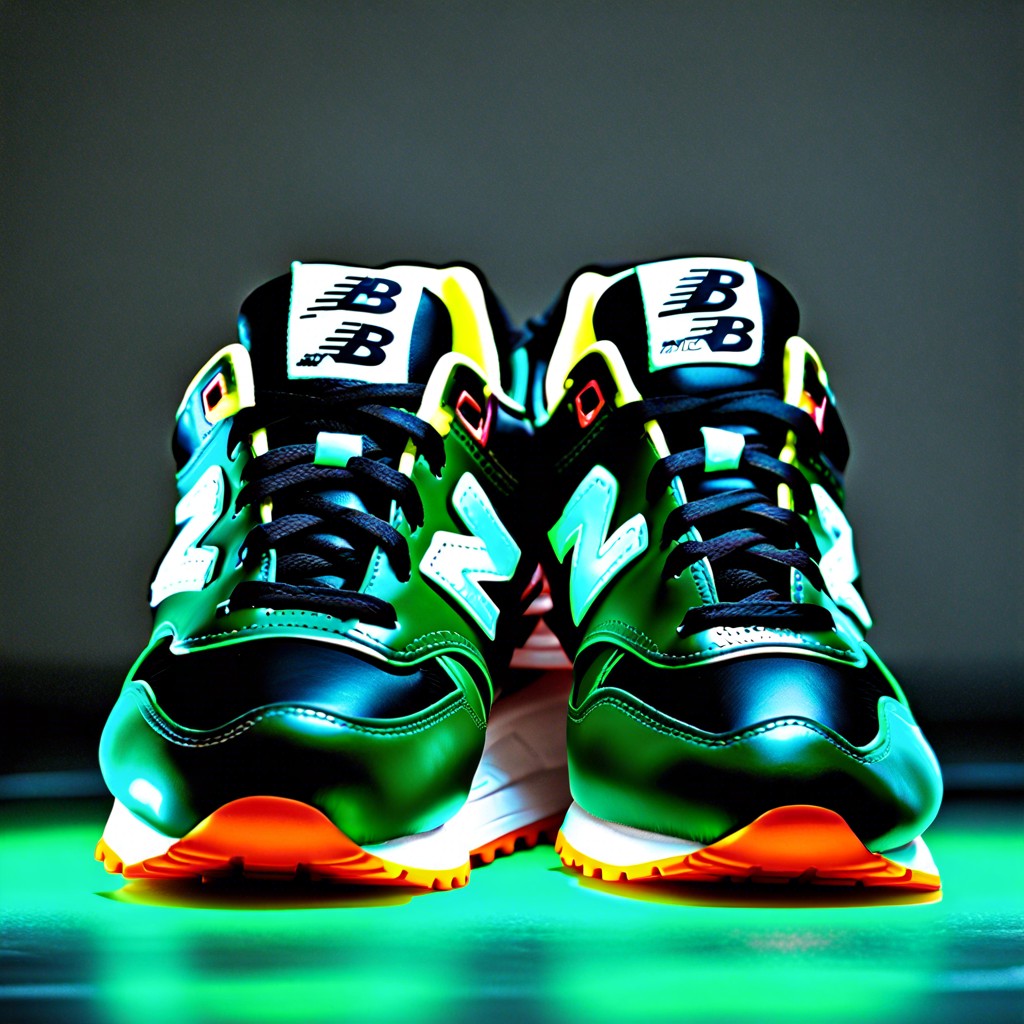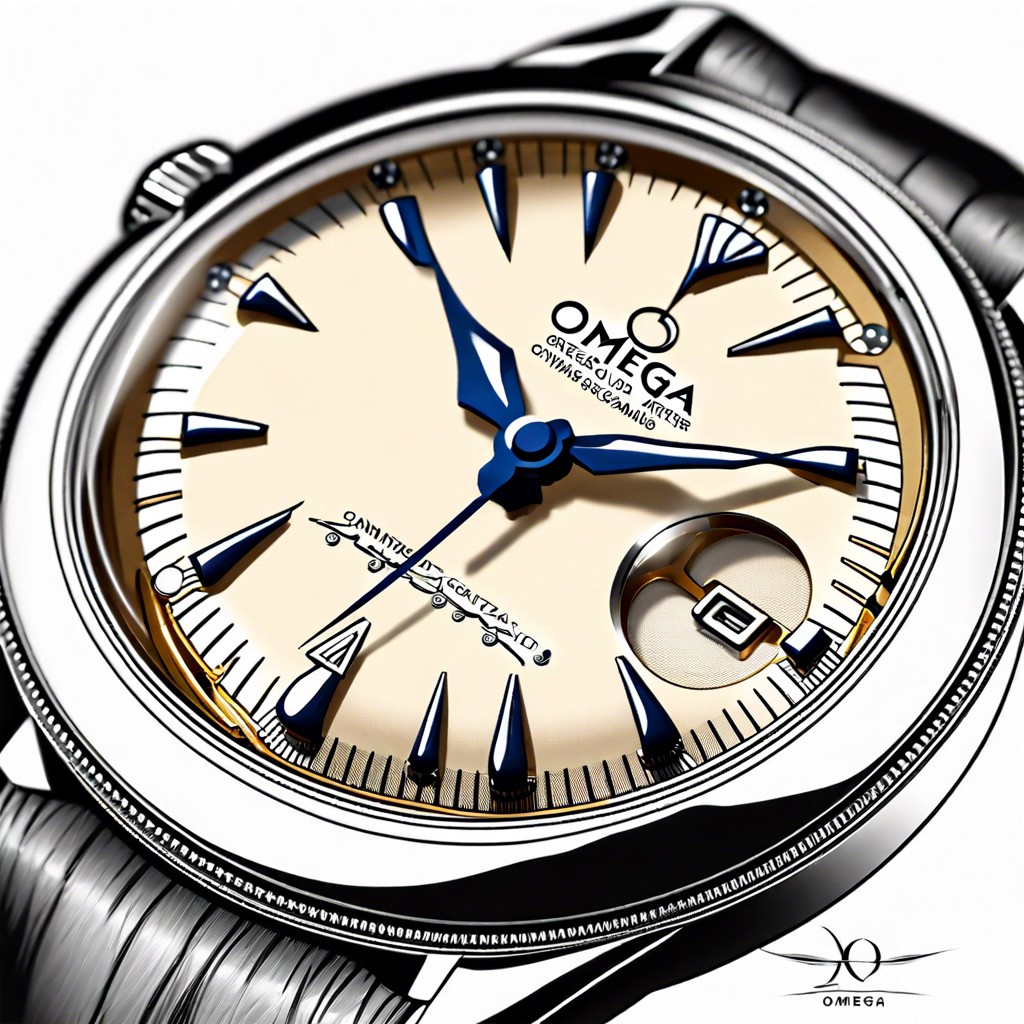Last updated on
Discover practical tips on selecting and caring for vintage graphic tees, their value and how to identify authentic pieces.
Key takeaways:
- Vintage graphic tees have cultural and historical significance.
- Authentic vintage tees should be at least 20 years old.
- The value of vintage tees is determined by rarity and condition.
- Proper care is important for preserving vintage tees.
- Buying and reusing vintage tees promotes sustainability.
History and Cultural Significance of Vintage Graphic Tees

Graphic tees emerged as expression tools in the 1950s and ’60s, resonating with pop culture and rock bands. By the ’70s, they became a staple of rebellion and social change, with tie-dye and protest imagery.
The ’80s and ’90s saw them echo company logos, cartoon characters, and band merchandising, turning them into cult classics. Their ability to serve as snapshots of historical moments, trends, and movements imparts them with immense cultural value.
Vintage tees often encapsulate memories and nostalgia, connecting owners to past eras and shared experiences, thereby transcending mere fashion items to become personal artifacts and symbols of collective identity.
Defining Vintage: Age and Authenticity Criteria

Vintage graphic tees typically date back to at least 20 years prior to the current year, aligning with established antique industry standards. Authenticity hinges on original production; reproductions, despite resembling the time period, are not considered vintage. Genuine vintage pieces often feature telltale signs such as fading, wear, and dated brand tags.
Additionally, provenance, such as documentation of previous ownership or origin, can enhance the authenticity of a vintage graphic tee. Understanding these criteria is crucial for both collectors and casual enthusiasts in recognizing and appreciating true vintage graphic tees.
Collectibility and Value Determination
The allure of vintage graphic tees often hinges on their rarity, condition, demand, and provenance. Limited edition prints or those linked to significant cultural events typically fetch higher prices.
A tee in mint condition without fading or damage is more desirable. Popularity can fluctuate, so tees featuring bands or brands with enduring appeal retain value. Provenance, such as a shirt worn by a celebrity or at a historic concert, can also inflate its worth.
When assessing collectibility, verify the tee’s age through tags, print techniques, and fabric composition, as reproductions are common but less valuable.
Care and Restoration of Vintage Graphic Tees
Proper maintenance of vintage graphic tees is essential to preserving their colors, graphics, and fabric integrity. Follow these guidelines:
- Washing: Hand wash or use a gentle cycle with cold water to minimize stress on old fibers. Turn the tee inside out to protect the graphic.
- Detergents: Opt for mild, phosphate-free detergents designed for delicate fabrics.
- Drying: Avoid tumble dryers. Instead, lay the tee flat on a clean towel or hang dry away from direct sunlight to prevent fading.
- Ironing: Use a low heat setting and iron inside out. Never iron directly over the graphic.
- Storage: Store flat or on a wide hanger in a cool, dry place. Avoid plastic bags; use cotton garment bags for long-term storage.
- Repairs: Mend small holes or tears by hand to maintain the tee’s original look. For larger damages, consult a professional experienced in vintage apparel.
Adherence to these practices will not only lengthen the lifespan of vintage graphic tees but also ensure they retain their market value.
Environmental Impact and Sustainability
Vintage graphic tees, by nature, encourage a sustainable fashion cycle, diverting garments from landfills and reducing the demand for new production resources. The appreciation and reuse of these tees exemplify the concept of circular fashion, where clothing is kept in use for as long as possible. This practice conserves the energy and raw materials that go into creating new textiles, ultimately leading to a decrease in the fashion industry’s carbon footprint.
Caring for vintage garments also tends to favor less energy-intensive maintenance. Frequent washing at lower temperatures and air-drying, practices often recommended for preserving the quality of vintage items, are more energy efficient and gentler on the environment than many modern care methods.
Moreover, the market for vintage tees brings attention to the quality and longevity of past manufacturing, providing a counterpoint to the disposable nature of fast fashion. By choosing vintage, individuals support a more sustainable approach to consumption, signaling a demand for durable and timeless design over transient trends.
Lastly, the refurbishment or upcycling of vintage graphic tees offers an additional dimension of sustainability. Repairing tears, adding patches, or repurposing fabric not only adds character but also extends the life of the garments, further reducing environmental impact.




